I call this post the “Meaning of Shadow” because it is a discussion of what the concept of darkness and shadow has become in our modern society, our literature, our entertainment, our religion, our culture, and the mytho-poetic archetypes that hide in our minds.
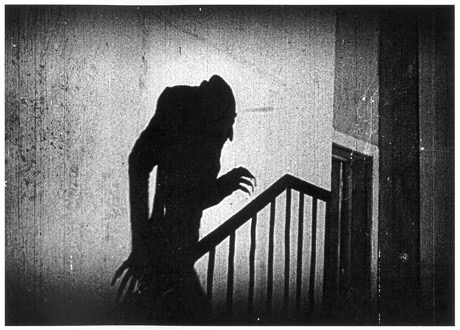
In Western Culture, and in Judeo-Christian culture as well, we have a vast and troubled history with the theme of shadow. In modern culture today it seems that anything to do with shadows, darkness, blackness, and shade often involves evil. Bad things.
We often associate darkness with the Devil, with Satan, and with pure evil and horror. We all get scared of the dark, as if the lack of light brings with it the sudden presence of something sinister that’s hidden around us. Its almost like the symbols associated with darkness involve “negative” things, a sinister presence designed to scare us, entrap us, harm us. With the constant movement of the weather, the seasons, and the day this psychological drama of light and dark plays itself out constantly. In modern Western culture, darkness takes the bad side in the eternal conflict of good vs evil, God vs Satan, etc. And so we have a deeply entrenched attitude towards “dark things”, towards light vs dark, and the subversive workings of shadows about us.
I once asked my Grandfather, who was a Methodist Minister and educator in the Christian Church for 70+ years, what is Hell. He stopped and thought about it and told me “its the absence of God”. It is basically darkness or the place where good and light and energy cannot reach. Where God cannot touch us and move us and help us to know about him and his works, Hell exists. This in truth sounds like total void and blackness….an absence of light and an absence of God. And so shadows and darkness take the form of Hell in our culture, as well.
Even if you do not believe in God (or any type of modern religious story, symbol, or mythology ) those symbols still exist in your brain. They lie buried deep in your unconscious in some symbolic form. And darkness dwells there, too. Any psychologist will tell you that. They exist because your brain experiences darkness everyday, dark rooms, closets, the setting of the sun, the womb of your mother, the coffin where you will lie, etc. Death and oblivion and endings again point back to shadows. They lie deeply embedded in our imaginations, though we deny it.
Yet, having read so much mythology and books on the subject, it is clear to me there is a deeper meaning which we only get glimpses of in our Modern Western Culture. Its interesting to see many people today embrace “dark things”….black clothing, counter-culture tattoos, subversive art and music, images of creatures, and imaginative stories and movies with evil protagonists. From music to film to clothing to even religious movements, we see an embrace of shadow and darkness all the time.
Often our heroes, as Joseph Campbell tells us, are underworld heroes, dark figures forged of shadow, and “shades of gray” antagonists with questionable morality…..what I call “Dark UnderLords” (like Darth Vader or Batman, for example). The interesting thing is many of these dark heroes do not do evil, but appear to have some important life-sustaining element and perform some mysterious mission and purpose that keeps us drawn to them. That meaning is directly connected to what I call “Western cultural archetypes” about darkness and shadow. And that is the premise of this article.
The symbol of darkness and the heroes and features of it have been incorrectly associated with demonic and harmful elements for centuries. The symbols of shadow in fact drag us back to an ancient culture that understood the importance of the mythological underworld of the Self and its own dark anti-heroes. It’s that misunderstanding of our ancestors and the distortion of their beliefs and history that has given shadow and darkness a bad name for thousands of years.
Darkness and shadow was originally connected to the Northern Hemisphere and the rapidly changing cycle of the sun in winter. For those of us from the Land of Fire and Ice (England, Ireland, Scotland, Scandinavia, and Germany) our ancestors saw dramatic changes in light and dark with the movement of the sun and moon. In winter, at the Winter Solstice for example, our ancestors saw the sun disappear on the horizon, and the days shorten dramatically. Primitive Man’s fear of the unknown – of shadows, of the dark woods and wilderness, and the beasts that surrounded him – was enhanced when the sun set and the shadows played upon their imagination and their fears. This occurred over thousands and thousands of years. And so it changed the views and belief systems of the people that lived there. But this was all tied to sun worship, not morality, religion, or social constructs as we have today in modern culture.
Winter was a time of darkness and fear for them; the very real terror that the sun might never return. A deep, rich mythology was then created by the Celts in England, France, and Ireland, for example, to represent those changes and explore the theme of death and decay in that change when the sunlight fled away. From all that then came a belief and faith in death and darkness as necessary vital aspects of life, followed by the glorious theme of the resurrection of the world and the rebirth of the sun in the new year as a golden boy-child reborn in the spring. We thus have the quintessential duality of darkness and light in our belief systems today, both which constructed the Western theme of an eternal cycling conflict in all our story arcs, books, movies, sports, and religious beliefs.
Darkness and shadow for those of us from Western culture (Europe, England, Ireland, etc.) was thus not about evil but about an eternal cycle of light and dark.
In the earlier, developed Earth Mother mythologies, Western and European cultures came to associate darkness with the underworld. For the ancient Celts this was especially true. The underworld or “Other World” was just the Land of the Dead, or the place where their ancestors dwelt deep in the womb of the Earth Mother. They then connected her with fertility and the changing of the seasons, her dark son conveying the souls of the dead through the underworld until they could be reborn in this world.
In that sense, shadow or darkness represented a revered place of honor for our Western ancestors, the “earthly heaven” of the Celts, that which they called Annwvyn (from the Welsh Mabinogion). They saw the land of eternal shade, not as a hell, but as the realm of the mother-earth and her two sons (the Lords of Light and the Darkness) who guarded it’s gates. For Western culture darkness thus came to represent ancestor worship and the dark underworld where the souls of those they loved dwelt after death, and who were meant to remain in shadows to guide them and protect them in this world and upon their own death.
In that sense, darkness was not seen as bad but good, a part of the eternal cycle of sun and shadow that embraces the earth continually.
The ancient theme of darkness thus comes from the inherent duality of Western thought and European myth; the fact that we cannot know light without dark. Our ancestors knew we were trapped in a “cycle of opposites” portrayed by the seasons and the changing light of day, and that darkness was an essential part of that cycle. Darkness came to represent the world of the dead like light is the world of the living. In that vein, darkness is simply a viable “alternate world” for us all when we die (again, not a hell or a damnation world for punishment). Its presence is a force that sustains the world of light. And the two are twin brothers in a universal dance of opposites that the Celts believed had to be sustained by the Earth Mother who kept her two opposing children in balance through their perpetual life and death struggles and conflict in myth. This was always portrayed through the junctures of the seasons and movement of the sun and moon in the Northern Hemisphere. Only by the maintaining the conflict between divinities of shadow and light could the world thus be renewed forever, cycling over and over, and bringing new life again.
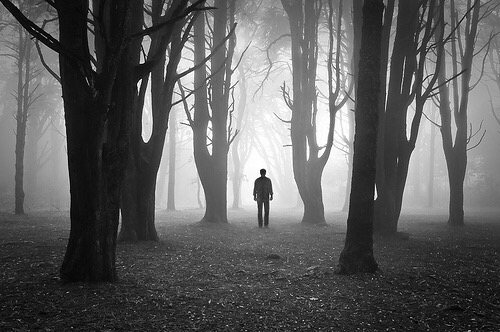
This is then the crux of my argument…… that people today, the generations today, have lost the ability to understand all this hidden wisdom about shadow and darkness. In our modern religions and belief systems they do not understand what darkness really and truly means as used and portrayed in a culture heavily influenced by sun-worshipping religious themes.
In Celtic and Indo-European culture, and most of American culture, the Celtic mind and the Indo-European mythology still dominates. In our holidays like Christmas we see its many themes in our symbols and its mythology in our dual-conflict team-based sports. In our dualistic American political system and the perpetual conflict surrounding it, it still hides. In the numerous expressions of the cycles of the year and annual celebrations of the seasons, of birthdays and marriages, and in worship of the sun and winter festivals its various transformations continues on. And in all our movies where good versus evil is portrayed, like the first Star Wars movie, the power plays of Western Culture and Mythology live on.
Check out my lecture on Christmas to get a deeper understanding of the role these seasonal themes have on our Modern holidays, for example:
Even in conflict and women’s stories of love lost, romance, and new love attained dark themes are revisited in the same story arcs the Celts portrayed in the Earth Mother and the timeless tale or her two lovers – the Lords of Light and Shadow – in myth.
Those of us who are from equatorial nations, like Latin American countries, Mexico, Africa, the Middle-East, Asia, and India don’t understand these symbols of “constant conflict”, of darkness, shadows, war, tragic love, and their darker seasonal meaning.
Their true spiritual meaning lies in people of Western origin, however, where the movement of the sun and the shadowing of the earth have formed the foundation for all our stories, symbols, and myths in our deeply divided and often competitive, risk-taking culture. It is that conflict of shadow and light that drives our desire and love of conflict and yet of positive change, cycling over and over in our cultural beliefs, our faith, and our belief in the meaning of life that its endless cycles sustain. The worship of the summer and winter by our ancestors has driven it deep into our brains it’s eternal yet hidden mythologies.
Much of the integrated world does not understand the Western mind and its ancient associations and derivative mythologies. If they did, they would know why we hide from shadow and pretend to revel in light yet thrill in the portrayal of constant conflict and struggle in our culture, our sports, and our politics. These have been handed down to us by thousands of years of evolution within the many tribes and cultures that until the last 1000 years roamed throughout Germany, Scandinavia, England, Ireland, Europe, and Russia. These views of shadows and darkness are uniquely tied to those cultures.
And so darkness and myths of conflict surrounding it revolves around the Western mind in a way that is often misunderstood in the modern world, misdiagnosed, and distorted in meaning and purpose in modern culture, movies, media, and politics.
If we could see the truth behind all this and re-envision shadow and darkness in ourselves and our culture based on the true ancient Western themes of our ancestors, we would see what we truly are, and that what darkness truly represents in our lives and in our symbols as a thing harmoniously connected to brother-light. We are drawn to the Shadow, yet we do not seem to know why. Even our psychologists refuse to study that truth. With every Gothic costume we wear, tattoo we keep, dark musical theme we play, or holiday ritual we perform in America, we summon up in modern culture these ancient Western symbols of shadow, quietly acknowledging, not evil themes, but the Celtic spirit inside us and the life-sustaining and meaningful purpose of the shadowy underworld of our ancestors…..those ancients and elders of our past who saw darkness as necessary and purposeful.
But we do not know it. We deny it. Its embedded in our DNA and in our hidden psychology , in our books, our stories, and subconscious minds which we have denied, bury, obfuscate, and hide within us. Yet they creep out of us, though none of us see the symbols. Its inside those of us who have Western backgrounds. And it cannot be denied, no matter how much modern religion, globalization, or other means try and drive it away from our imagination. It remains as long as we remain.
But shadow and darkness as symbols will never be understood until we remove ourselves from the religious meaning, the false evil we assign to darkness, the terror, the fear, and the misunderstanding of darkness we have created in ourselves.
We are sustained by shadows and darkness in our modern culture. When we see dark heroes (Batman, Darth Vader, King Arthur, etc.) in our movies we are witnessing an ancient connection to the Lord of the Dead and the gatekeeper that symbolically keeps the two worlds of light and shadow apart, yet who welcomes us and protects us in the other world. The Celtic and Britons knew the importance of the underworld king. But why do we not understand it enough to see its power and acknowledge it? The symbols are there to prove its Western and Celtic meaning in our stories but we hide from that fact. Its inside the mythology of our minds and the Self, cultivated subversively by the culture, and inescapable as long as people of Western ancestry remain and the changing of summer to winter and back continues.
But it takes dark books and film, art and music, to feel its power and accept it. Yet in our conscious minds and in society we attack it and fear it and associate dark imagery with evil, hate, and destruction. Some use it for racism, or bigotry, or associate evil with dark clothing, masks, symbols, flags, cults, religion, terrorism, etc. But it has nothing to do with any of that. Those uses of shadow are simply modern perversions of a symbol people see in themselves which represent fear of the world, of political change, and of a changing society they cannot control. Shadow is but a symbol of the self, a mask or avatar to something hidden in their brains. Fearing its presence they thus fear a part of themselves.
This is why Western thought and culture needs to see itself for what it was and is, and grow as a culture and embrace shadow and understand it’s not about Satan or an evil presence in us, but about a close partnership with light and dark….the separation and yet unification of the powers of two worlds that exist in our minds and spirits. These dual-worlds reside comfortably together in our unconscious and our brains, things we are only comfortable experiencing in subversive music, art, and literature. But it is that which we need to sustain us and make us whole. It’s all in our brains. All of it. It is simply psychology.
If we can see and understand these facts about shadow, we can harness and use it to create beautiful art, music, story, and media that embraces the mytho-poetic and emotional. And we can use it to enhance our Celtic and Western mythologies and cultures, using shadow and the ancient views of the movement of the sun and its meaning as relates to darkness and it sibling-light to enhance and inspire Western culture and entertainment to even greater spiritual heights. We need Shadow as it is part of us. It is simply the understanding of how it relates to our psychology and our culture that is still missing.
-Mitchell Stokely, author of “Phantammeron Book One” (a high fantasy novel)
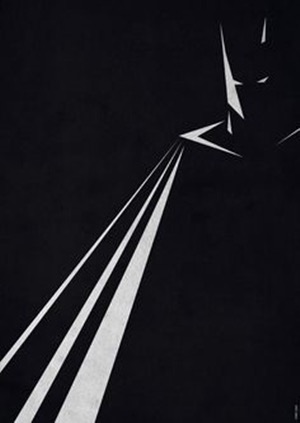
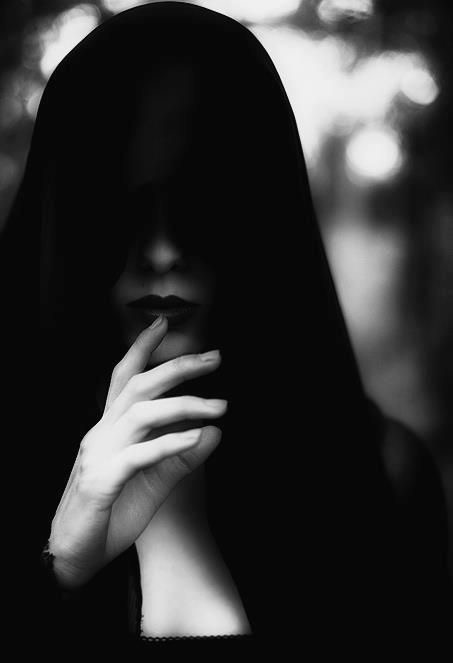
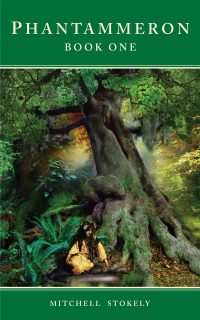

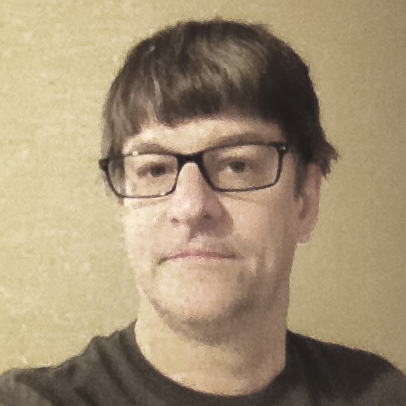
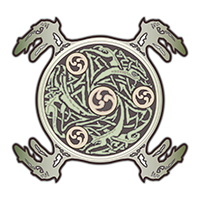
2 views shared on this article. Join in...
Pings to this post
[…] original art work-Margaux’s learning log (n.d.). The Meaning of Shadow. [online] Available at: http://phantammeron.com/2012/03/the-meaning-of-shadow/ [Accessed 11th of Oct. […]
[…] Phantammeron (2012) The Meaning of Shadow, At: phantammeron.com (Accessed […]